One of the most exciting aspects of bird migration in a coastal location is the potential for large numbers of birds to find themselves over the ocean when dawn breaks. They get to land as quickly as they can and sometimes can be found concentrated in large numbers. This isn’t fallout in the strictest sense, which generally is taken to mean when birds are driven down out of the sky by storms, but simply a migration phenomenon that, despite what it means for the birds that don’t reach shore, is appreciated by birders. There was a small such situation on the coast of Nassau County, Long Island, last week when Rose-breasted Grosbeaks, Indigo Buntings, and Blue Grosbeaks were found scattered along the barrier beaches. There were only a few of each of the grosbeaks but Indigo Buntings were around in pretty good numbers. And, as you can imagine about a species with “Indigo” in its common name and Passerina cyanea for a scientific name, these birds are blue blue blue!
Indigo Bunting Passernia cyanea (click for a bigger version)
There were Indigo Buntings at Jones Beach, there were Indigo Buntings at Gilgo Beach, there were Indigo Buntings on the side of Bay Parkway, there were Indigo Buntings along Ocean Parkway. All of the images in this post, however, come from Gilgo Beach, where four male buntings stripped seeds from the grassy margin of a parking lot, perfectly willing to go about their business while I sat in my car, balanced my digiscoping rig on the half-open window, and took literally hundreds of shots. How willing were these birds to pose? Well, check out the next shot!
Indigo Buntings breed from southern Canada across the eastern and central United States, and as far west as Nevada. Though the birds I saw were silent they can easily be found on breeding territory by listening for their repeating song, which is often transliterated as “Fire! Fire! Where? Where? Here! Here!” They winter in Central America and the Caribbean. BirdLife International considers them a species of Least Concern because of their large population and range.
I had never had such an up close encounter with Indigo Buntings but I hope to have one again soon. Enjoy!
…
If you liked this post and want to see more great images of birds make sure to check out 10,000 Clicks, our big (and growing) page of galleries here at 10,000 Birds.
………



















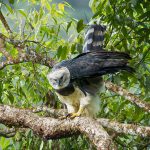
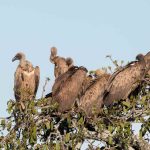
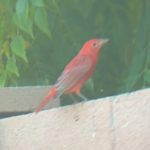
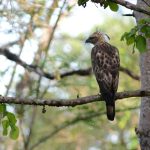
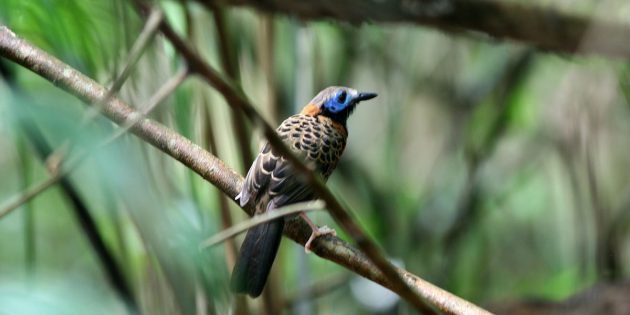
These pictures make it difficult to stomach the assertion that Indigo Buntings’ feathers are actually black! The light is diffracted by the feather structure in such a way as to make them appear blue. Nonsense surely!
Very nice Corey.
Maybe I should chuck the new camera and go back to digiscoping. Awesome shots ….
Simply beautiful!
oh my…how gorgeous! I am just a beginner and this is one of the birds I most want to see, but have not had the pleasure yet. Breathtaking photos Corey!
Gorgeous photos!
Thanks, all! And, Redgannet, I agree!